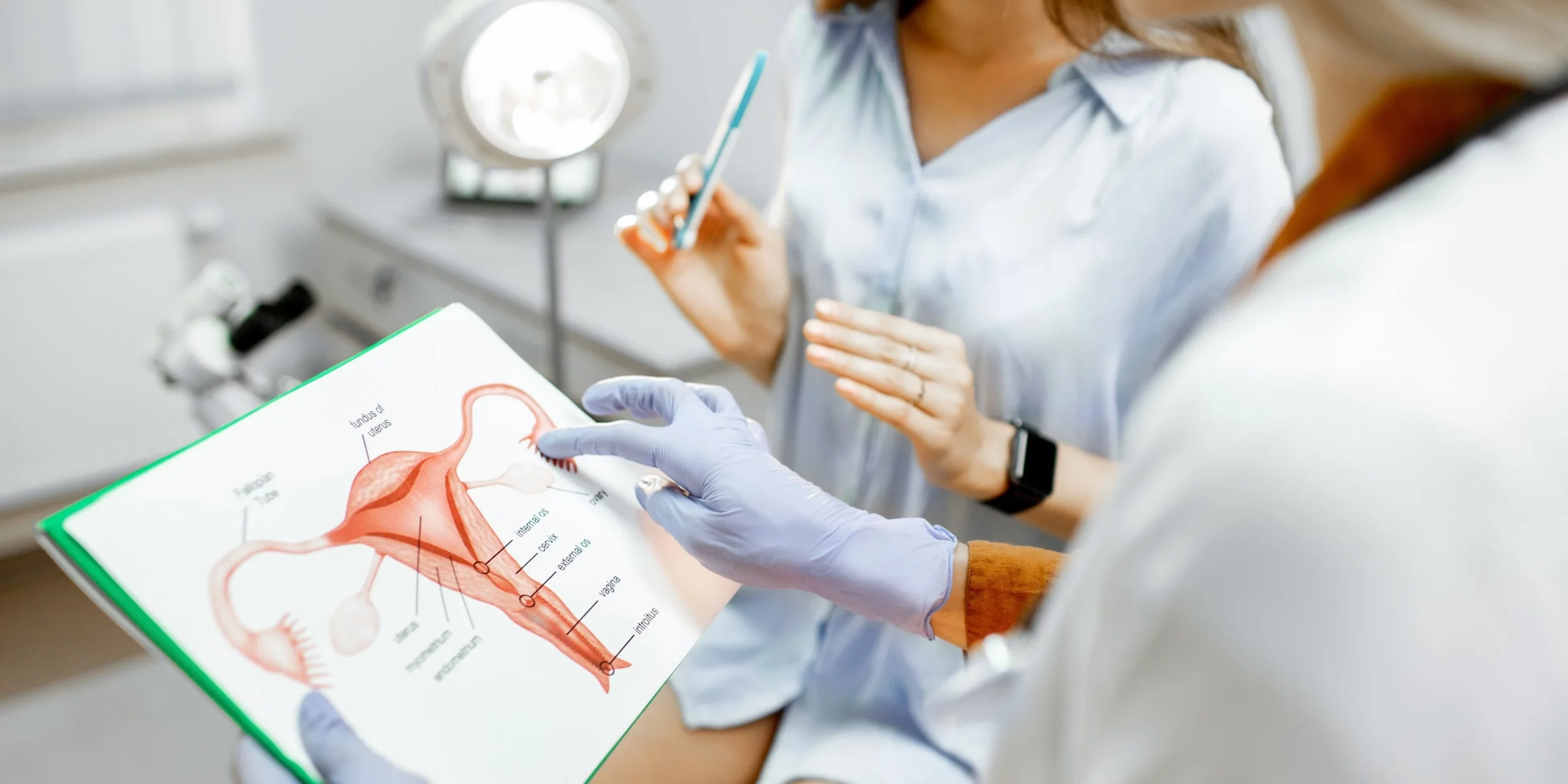
Ovarian rejuvenation
Ovarian rejuvenation treatment with PRP
This procedure, which uses Platelet-Rich Plasma (PRP), is one of those offered by Ginefiv. This technology is habitually used in various fields of medicine as it is one of the pillars of regenerative medicin
This method benefits from being more simple and safe than other strategies which have been applied in ovarian regenerative medicine.
Plasma is obtained from a simple blood test performed on the patient and, once it has been processed, it is instilled in their ovaries using a minor outpatient procedure, similar to that used when gathering oocytes.
Even though this technique was developed quite recently and has limited evidence, studies suggest that PRP could activate the ovaries, increasing the number of eggs obtained and therefore improving the patient’s possibilities of becoming pregnant. However, it is important to note that this technique does not modify the quality of the oocytes and nor does it improve the rate of the risk of potential genetic anomalies in the embryos.
What is PRP and how is it obtained?
Platelet-Rich Plasma (PRP) is a quantity of the patient’s own plasma which has a high concentration of platelets and it is obtained from a simple blood sample. After the sample is processed in a centrifuge, the platelets release a large number of growth factors which favour the repair and regeneration of various tissues.
Therefore, if it is administered directly in the ovaries, it could increase the concentration of growth factors and favour the activation of ‘dormant follicles’.
What are the main advantages of this technique?
It uses a sample of the patient’s own plasma which has a high concentration of platelet activation factors.
- After the sample subjected to a centrifugation process, the platelets release a large number of growth factors which favour the repair and regeneration of various tissues.
- Therefore, if PRP is administered directly in the ovaries, it could favour the activation of ‘dormant follicles’.
- The treatment can be administered at the same time as eggs are extracted and to patients who are going to undergo subsequent stimulations.
- Due to the fact that it uses the patient’s own blood, the risk of immunologic rejection is avoided.





